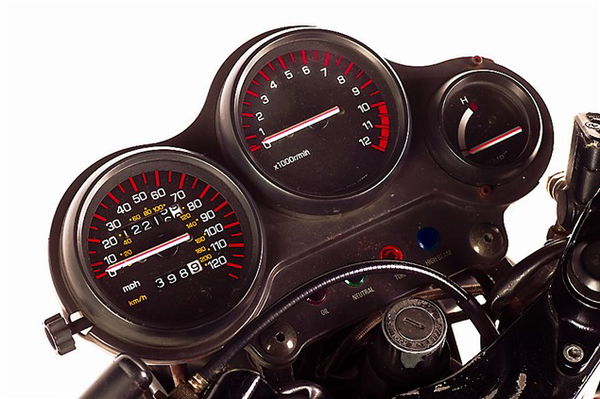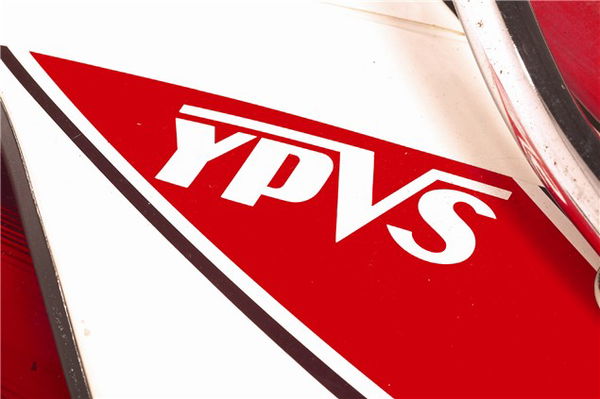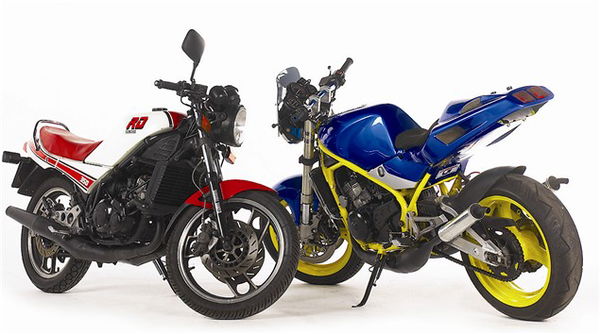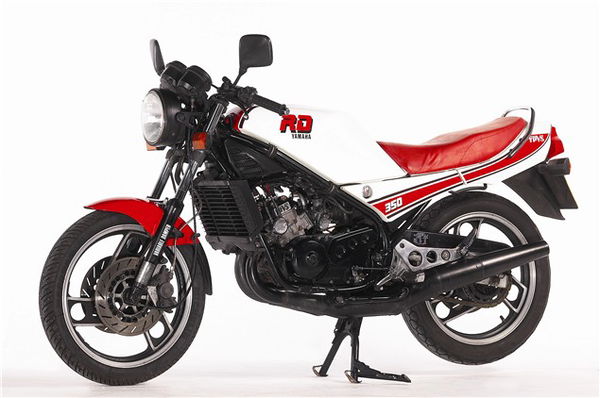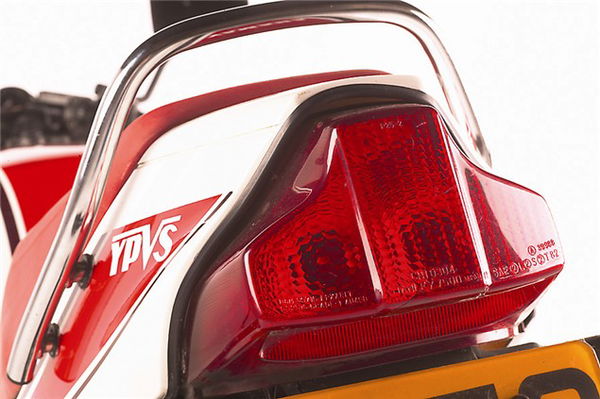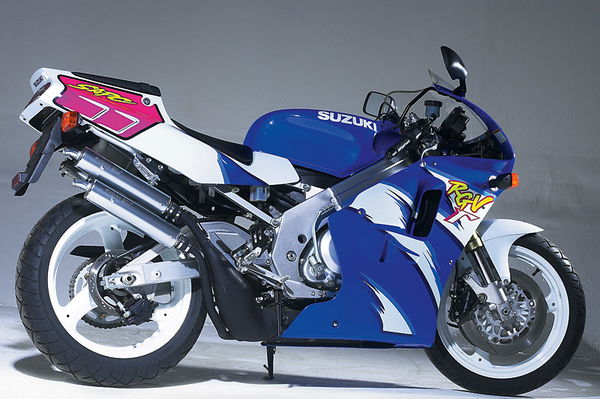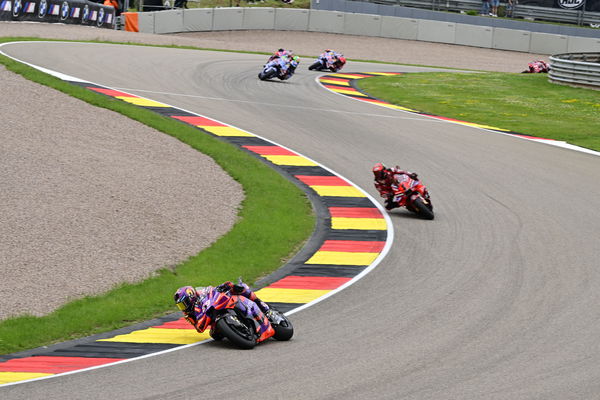Bike Icon: Yamaha RD350LC YPVS
Thrumming through the early Eighties gloom, Yamaha's Powervalve inspired young bikers and future racers alike
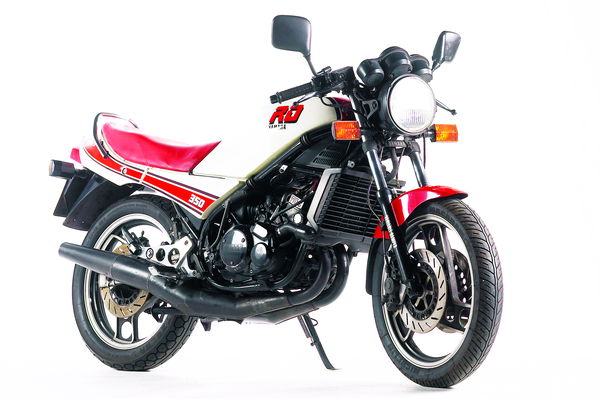

You'd never have known it by watching the hordes of New Romantics prancing around on Top of the Pops but urban Britain in the early Eighties was a pretty gloomy place to be.
But there was a way out. And it came in the shape of a motorcycle called the RD350 YPVS. It was made by Yamaha, and it was a bloody revelation.
A sharp, focused, lightweight (145kg), two-stroke twin that produced 53bhp at 8,500rpm and handled like a race bike was just what the doctor ordered for lifting hordes of disgruntled teenagers out of their Eighties depression.
The Powervalve can trace its ancestry back to Yamaha's 250cc YDS models of the 1960s, although the firm's first 350cc twin was actually the YR1 that was swiftly followed by the popular YR5 in 1970.
But it wasn't until 1981 that the first liquid-cooled RD appeared and the legend really began. Punters were getting slightly jaded with the idea of simple air-cooled two-strokes so the water-cooled RD injected some new life into an ageing class. The monoshock RD350LC (the LC stands for liquid-cooled) really was top of the heap and a racer for the road.
To the uninitiated, the new RD350LC that Yamaha rolled out in 1983 may not have looked that different to the original but a small logo on the rear seat unit hinted at something special. It read YPVS, which actually stood for something - Yamaha Power Valve System - and, even better, it really meant something in terms of performance.
The YPVS consisted of a microprocessor-controlled servomotor, which in turn controlled a spool-shaped exhaust port valve that allowed continual variable port timing. But if that all sounds too technical it simply means this - Yamaha had found a way of extracting more power from the engine at peak revs without losing any low down grunt. Hurrah!
It was an ingenious invention but by no means the only improvement over the first 350LC. The front forks now featured variable damping and the single rear shock was of a rising rate rather than ancient cantilever design. With an upgraded engine and superior suspension, the Powervalve Yam was now an even better machine both on road and race track. Those who aspired more to racebike looks could later buy the RD350F fully-faired model, while naked bike fans could have the more traditional RD350N.
The 1986 FII model featured new Heinz Beans-can style silencers and a reshaped fuel tank, but the only changes made in 1988 were new paint jobs including the classic Gauloise blue and yellow scheme.
In 1992, production of the RD moved to Brazil and new bodywork, headlamps and logos appeared on the first Latin-American machines, dubbed the RD350R. Production ran until 1996 when the bike was deleted and the RD was buried with full military honours. But it had served its purpose by turning thousands of Eighties children on to bikes - and we're still riding them now. Mission accomplished.
YAMAHA RD350LC YPVS
1983-1996
1983: The RD350LC is replaced with the RD350LC2. It features the unique YPVS system and is a totally new machine sharing no parts with the first model. The only things that remain the same are the engine mountings, which enable YPVS engines to be slotted into earlier RDs.
1985: The first fully-faired version is released and dubbed the RD350F. Street bike fans were given the alternative of a naked bike called the RD350N. These are the rarest Powervalves as they were only produced for one year.
1986: The RD350F2 and N2 are released with revised rear seat units modelled on Yamaha's RD500 race replica. Production of these models was stopped in 1991.
1992: After six months of non-production, continued demand for Powervalves led to a resurrection, but this time the bikes were made in Brazil rather than in Japan. The re-launched machine was called the RD350R, but the new twin headlights and re-styled bodywork were unpopular. The bikes were initially restricted to meet emission laws but they proved so slow that Yamaha ordered them derestricted after three months.
1996: Production finally stopped after four years of criticism from both owners and the press. The Brazilian build quality had been poor and the one-time legend had fallen from its pedestal. But the Brazilian models are rare and still sought after by some die-hard collectors.
